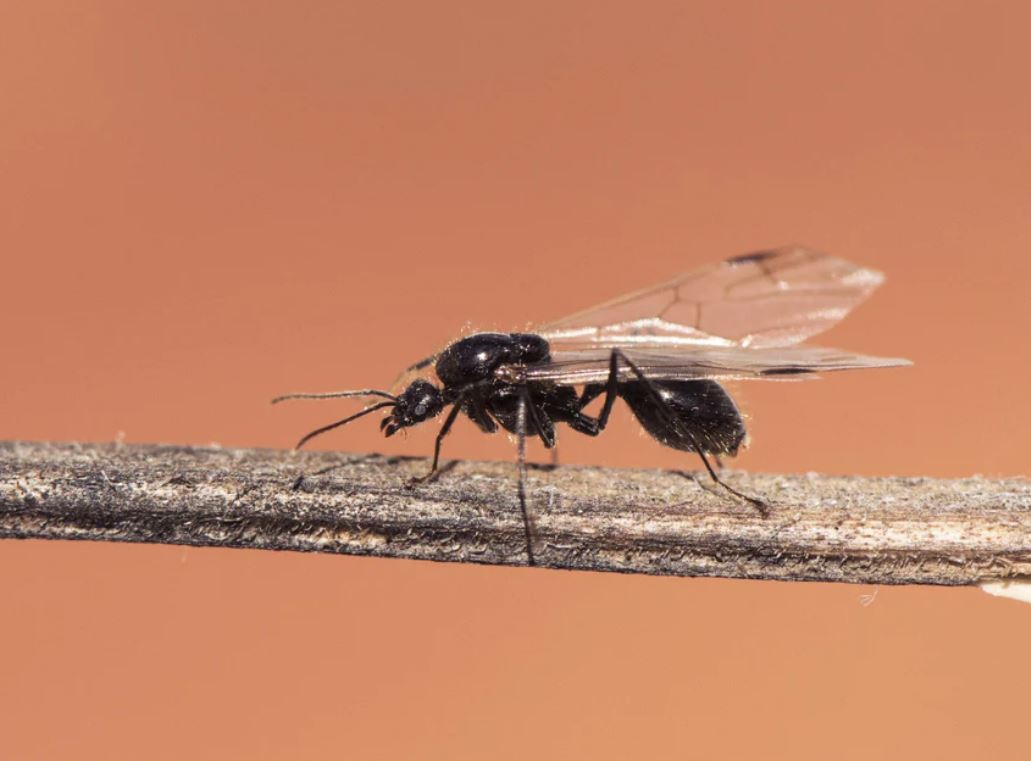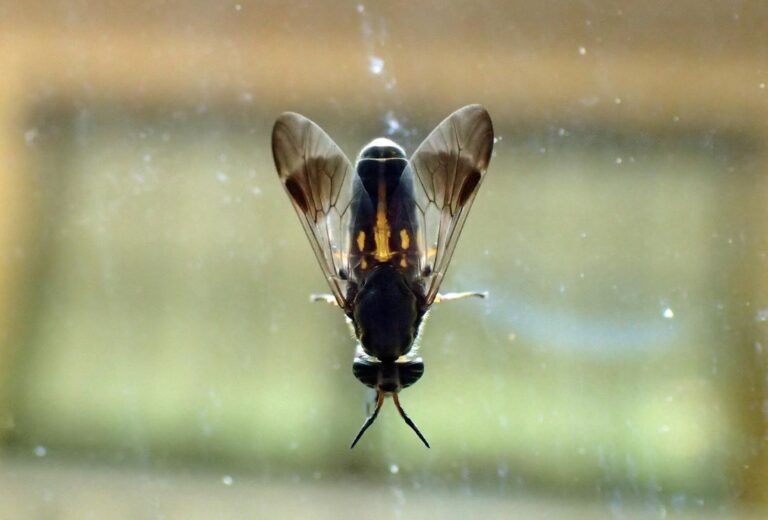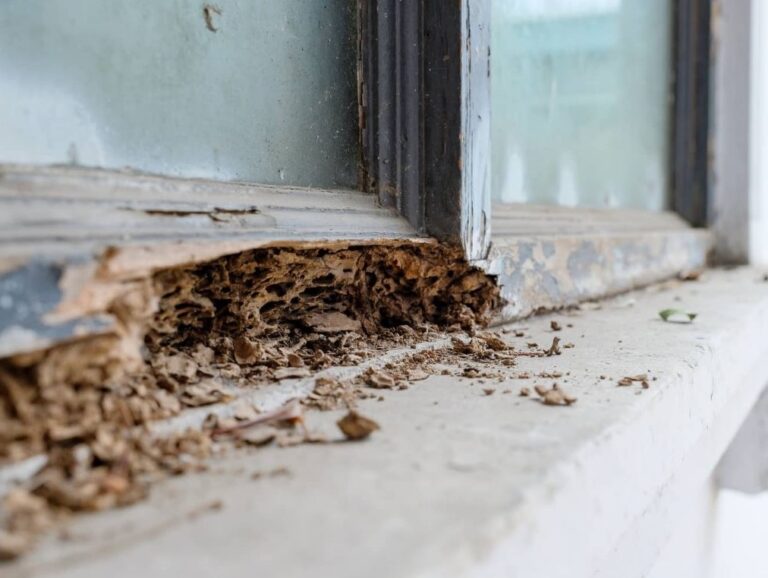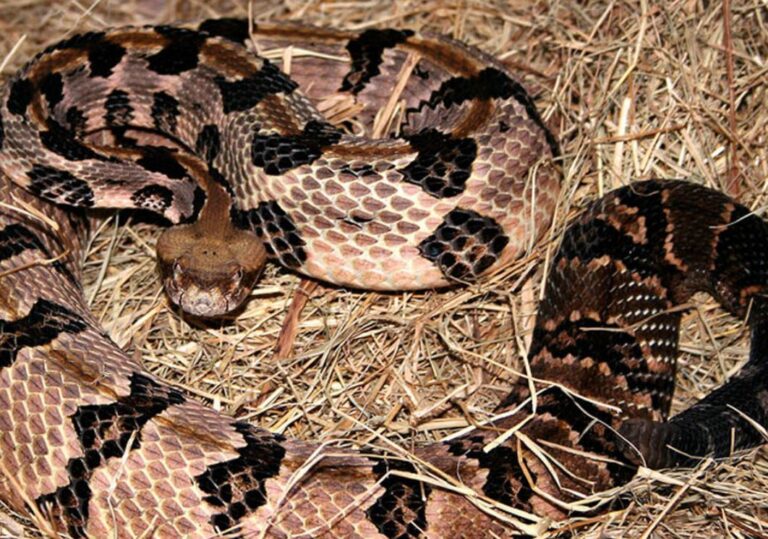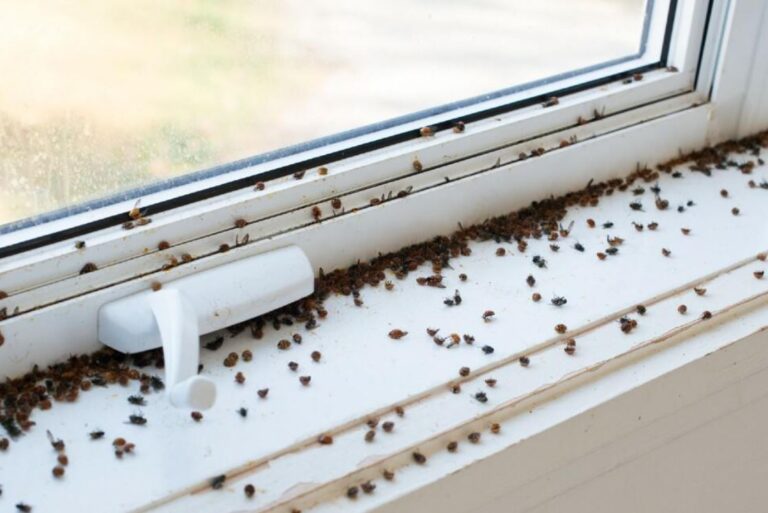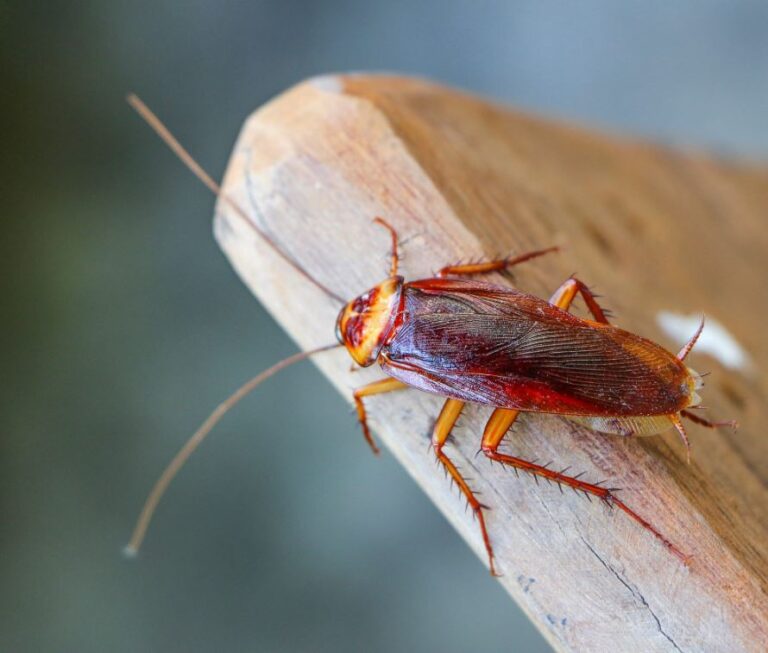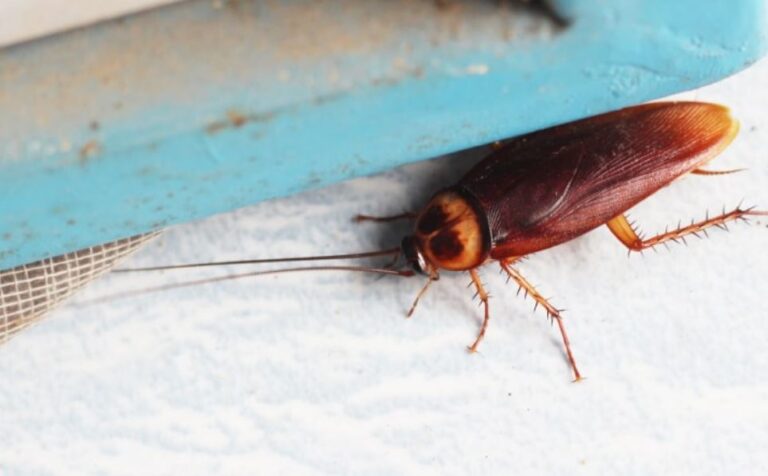Can Windex Kill Ants? A Pest Expert’s Definitive Guide
As a sudden trail of ants invades your kitchen, the panic to find a quick solution is real. Your eyes dart around, landing on a bottle of Windex. Before you spray, you ask the critical question: Can Windex actually kill ants?
The short answer is yes, Windex can kill ants on contact. However, using it as a pest control method is a classic case of treating a symptom while ignoring the disease. This expert guide will dive deep into the science, the pros and cons, and the right way to handle an ant infestation.
The Science Behind Windex vs. Ants: How Does It Work?
Windex, a popular glass cleaner, is not designed as an insecticide. Its ability to kill ants stems from its chemical composition. The primary active ingredients are:
- Surfactants (e.g., Ammonia): These compounds break down the waxy, protective layer on an ant’s exoskeleton. This layer is critical for retaining moisture. By dissolving it, Windex causes the ant to dehydrate rapidly and suffocate.
- Solvents (e.g., Isopropanol): These chemicals directly damage the ant’s nervous and respiratory systems, leading to quick paralysis and death.
Pest Expert Insight: “Windex acts as a contact killer through a process of chemical suffocation and dehydration,” explains Dr. Eleanor Vance, an urban entomologist. “It’s a physical and chemical assault that can be immediately fatal to the ants you can see. However, it does nothing to address the pheromone trails they leave behind or the colony’s queen hidden safely away in her nest.”
Windex vs. Ants: A Detailed Pros and Cons Analysis
Is reaching for the Windex a smart move? Let’s break down the advantages and significant disadvantages.
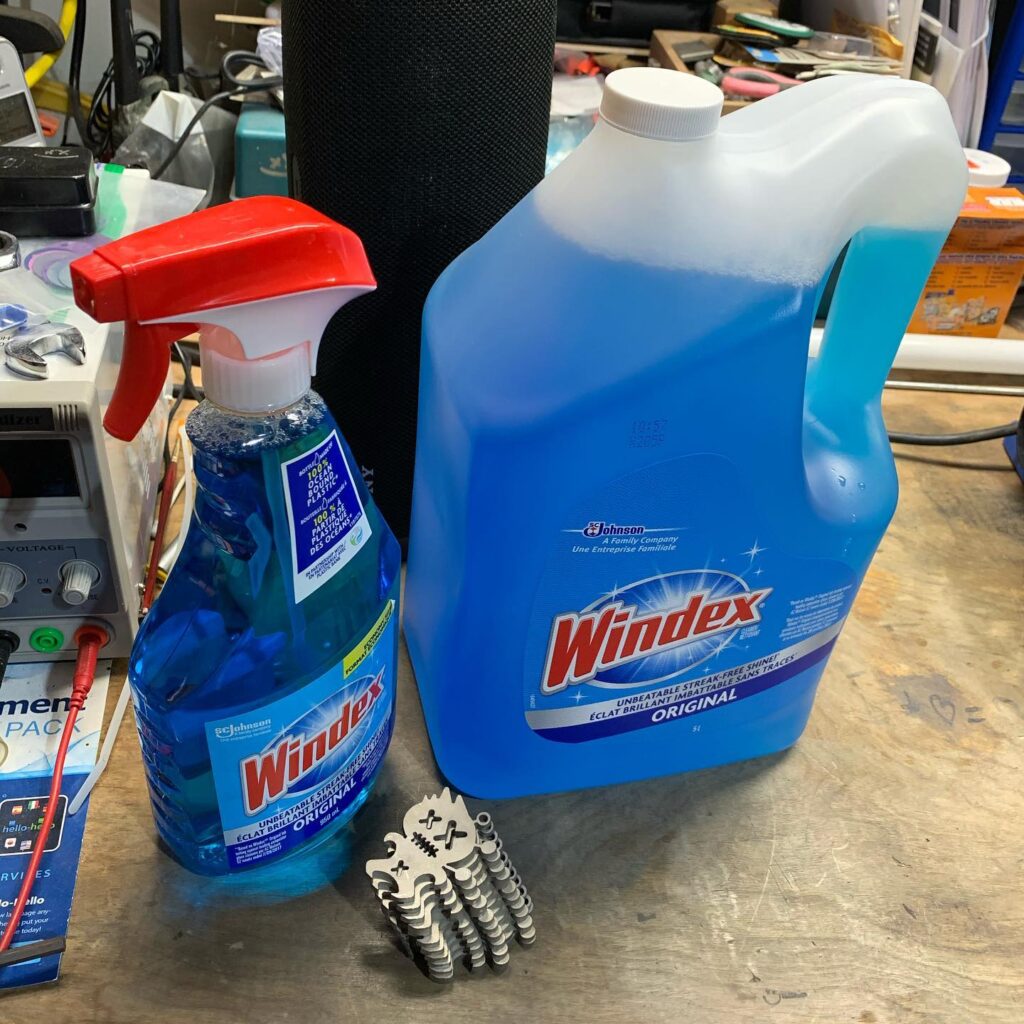
The Pros (Why People Use It)
- Immediate Knock-Down: It kills visible ants on the spot.
- Convenience: It’s often already under the sink, making it a readily available tool.
- Cleans the Trail: It can temporarily wipe away the chemical pheromone trail that ants use to navigate, causing minor disruption.
The Cons (Why It’s a Poor Pest Control Strategy)
- Ineffective Against the Colony: This is the most critical flaw. Windex only kills the worker ants you see. The queen, who lays all the eggs, remains deep within the nest, completely unaffected. She will simply produce more workers to replace the ones you killed.
- Not a Residual Killer: Once it dries, Windex leaves no active residue to kill future ants crossing the same spot.
- Can Scatter the Colony: In some cases, aggressively spraying a trail can cause the colony to “bud,” or split into multiple sub-colonies, making your problem worse.
- Potential for Surface Damage: The chemicals in Windex can damage certain surfaces like wood, silk, or some countertops if used excessively.
Windex vs. Dedicated Ant Killers: A Head-to-Head Comparison
The table below clearly illustrates why Windex falls short as a long-term solution compared to products designed for ant control.
| Feature | Windex (Glass Cleaner) | Dedicated Ant Baits & Insecticides |
|---|---|---|
| Primary Function | Clean Glass & Surfaces | Eliminate Insect Pests |
| Kill Method | Contact Killer (Suffocation) | Stomach Poison or Residual Toxin |
| Effect on Queen | None | Yes (via delayed-action bait) |
| Residual Effect | No | Yes (lasts for days or weeks) |
| Colony Elimination | No | Yes, this is the primary goal |
| Pheromone Trail Removal | Temporary (wipes away) | Disrupts and prevents (with certain formulas) |
| Safety for Surfaces | Safe for glass, risky for others | Varies; many are designed for safe application |
The Pest Expert’s Recommended Strategy for Ant Control
Relying on Windex is a reactive approach. True pest control is proactive and strategic. Here is a proven, multi-step method recommended by experts.
Step 1: Identification and Sanitation
First, identify what type of ant you’re dealing with (e.g., odorous house ants, pavement ants, carpenter ants). More importantly, eliminate their incentives. Clean up spills, crumbs, and grease immediately. Store food in airtight containers and take out the trash regularly.
Step 2: Use Ant Baits (The Most Crucial Step)
Ant baits are the gold standard for DIY ant control. They work on a simple but brilliant principle:
- Worker ants are attracted to the bait’s food matrix (e.g., sugar, protein).
- They carry the slow-acting poisoned bait back to the nest.
- They share it with the queen, larvae, and other ants.
- The entire colony, including the queen, is poisoned and dies.
“The goal isn’t to kill the ants you see, but the ones you don’t. Baits are the only DIY method that reliably accomplishes this,” says Dr. Vance.
Step 3: Seal Entry Points
While the bait is working, take time to seal cracks in foundation, gaps around windows and doors, and holes where utilities enter your home. This prevents future foragers from getting inside.
Step 4: When to Call a Professional
If your infestation is large, recurring, or involves destructive species like carpenter ants, it’s time to call a licensed pest control professional. They have access to stronger, targeted materials and the expertise to locate and treat the primary nest.
The Final Verdict: Should You Use Windex on Ants?
So, can Windex kill ants? Yes, it can kill them on contact.
Should you use it as your primary ant control method? Absolutely not.
Think of Windex as a temporary, last-resort tool for eliminating a handful of scout ants you see on a window sill, followed immediately by proper baiting and cleaning. For a true, lasting solution that protects your home, dedicated ant baits and professional pest management strategies are unequivocally the correct path. Ditch the glass cleaner for its intended purpose and fight your ant war with the right weapons.

